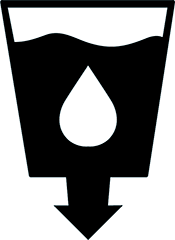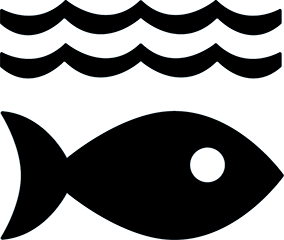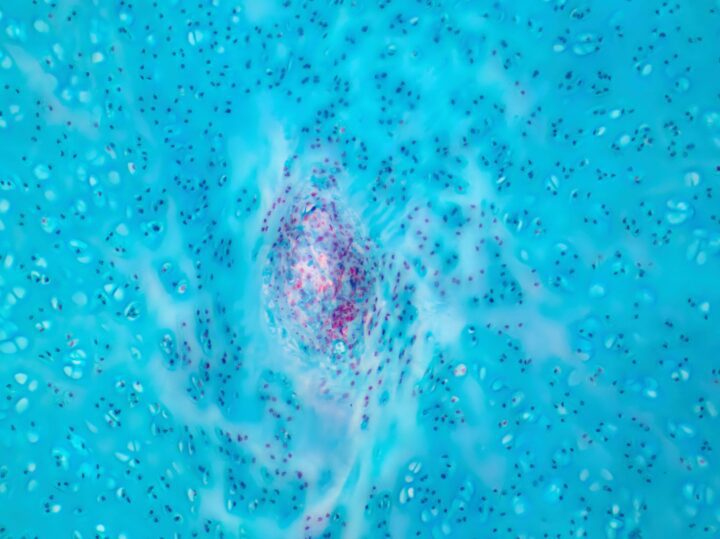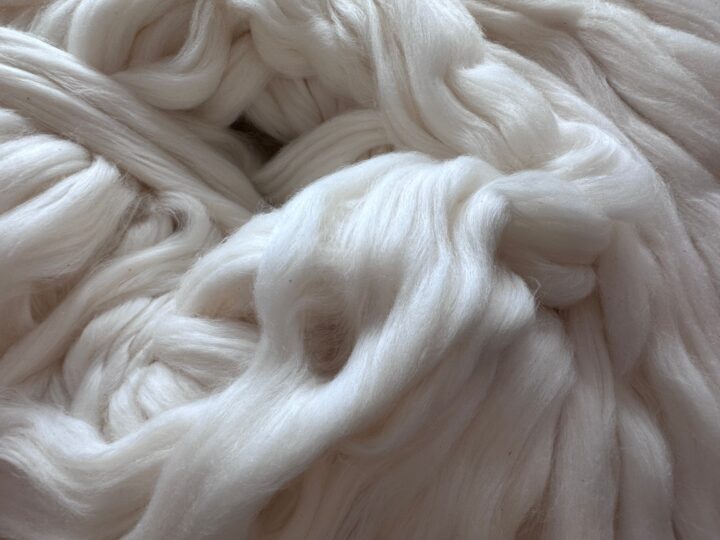Intropic Materials mimics the way chaperone proteins protect enzymes to create self-degrading plastics.
Benefits
- Compostable
- No microplastics
Applications
- Plastic bags and bottles
- Consumer goods
- Clothing
UN Sustainable Development Goals Addressed
-

Goal 6: Clean Water & Sanitation
-

Goal 12: Responsible Production & Consumption
-

Goal 14: Life Below Water
-

Goal 15: Life on Land
The Challenge
Humans use plastics to make a wide range of products specifically because they are so strong, lightweight, and durable. But those same qualities prevent plastics––even compostable ones––from breaking down when they’re lost or discarded. As a result, huge quantities are polluting the water, land, and air, and becoming a health concern for all living beings on our planet.
There are microbes with enzymes that enable them to break down complex molecules like plastics, but microbes can attack only the surface of the plastics; and the chains are bound so tightly together, that only a few bonds are exposed for the enzymes to reach.
Humans could add natural enzymes directly to plastics to help break them down when the time comes, but the high heat and pressures of the manufacturing process can damage the sensitive enzymes before they’re able to do their work.
Innovation Details
Intropic Materials makes enzymatic embedding into plastics possible by chaperoning enzymes through the plastic production process inside protective biodegradable molecular covers. The covers keep the enzymes from breaking when the plastic is melted and extruded to form sheets or other shapes, but they don’t keep the enzymes from doing their job when the plastic’s useful life has ended.
When the plastic is exposed to composting conditions with sufficient heat and moisture for enough time, the enzymes effectively eat the plastic from the inside out, within hours or days––not simply breaking it down into microplastics, but disintegrating it back into simpler molecules. Those molecules can be recaptured and reused to make new plastics, or be broken down further by natural microbes in soil, or during water treatment.

Biological Model
Organisms of all kinds produce enzymes that can break down complex molecular chains. These molecular tools are precisely shaped to fit into the bonds between the monomers that make up a polymer. They then chemical reactions that unlock those bonds and break the chain back into separate links. In addition, specialized molecules called “chaperone s” fit together with enzymes to “switch them on” or move them where they need to be.
Ray of Hope Prize®
The Ray of Hope Prize celebrates nature-inspired solutions addressing the world’s biggest environmental and sustainability challenges. Created in honor of Ray C. Anderson, founder of Interface, Inc. and a business and sustainability leader, the $100,000 Ray of Hope Prize helps startups cross a critical threshold in becoming viable businesses by amplifying their stories and providing them with equity-free funding. The prize shines a light on the innovative, nature-inspired solutions that we need to build a sustainable and resilient world. Intropic Materials was selected as a finalist for the 2022 Ray of Hope Prize.





